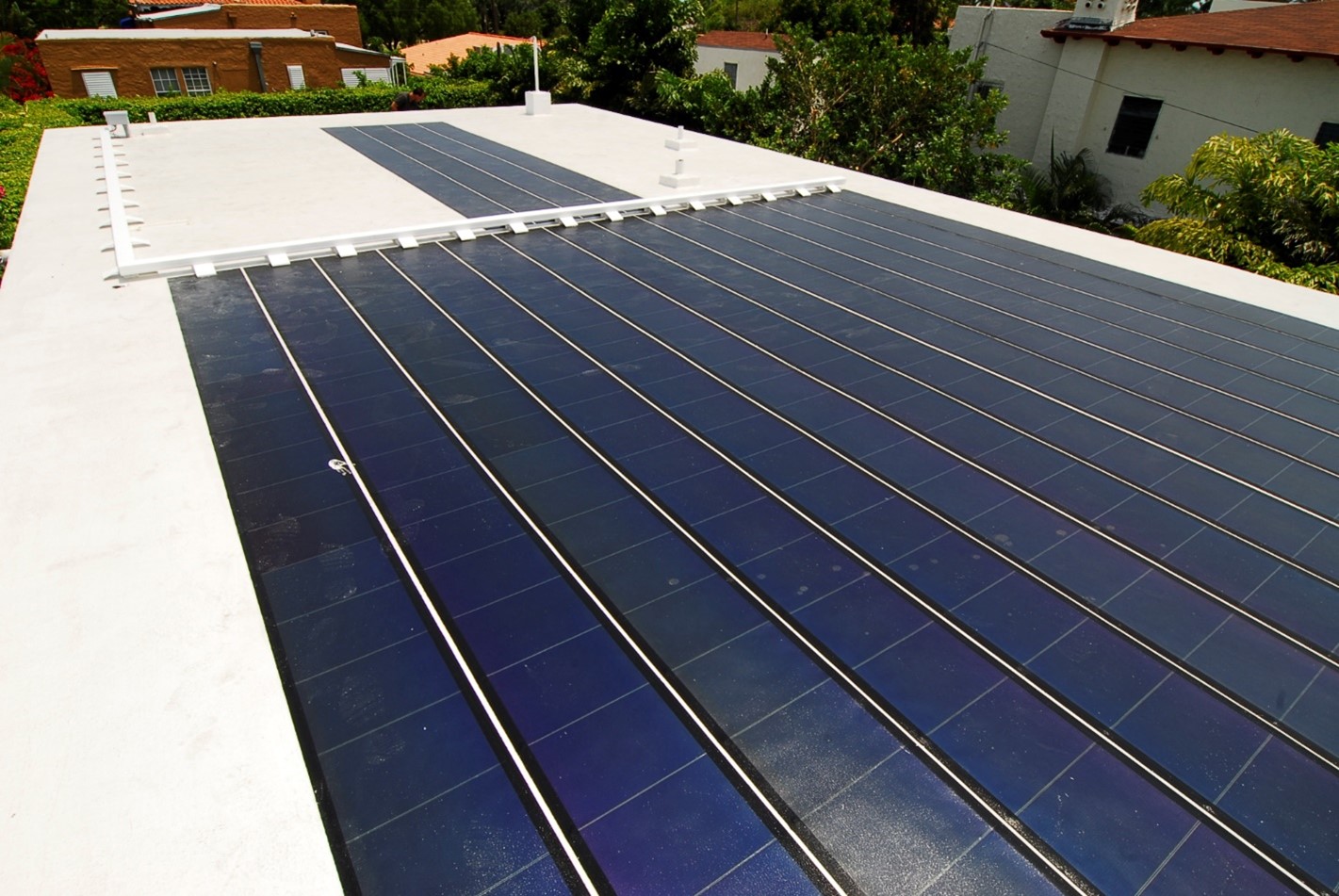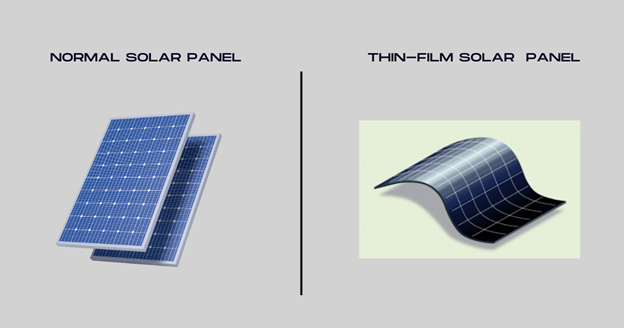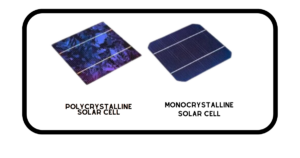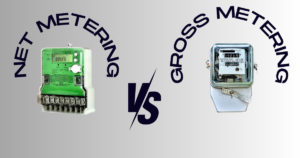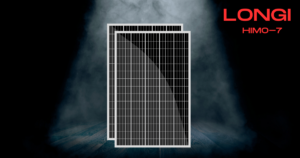Solar panels are a versatile technology that may meet a variety of purposes, environments, and budgets. They are classified into several categories, including high-efficiency monocrystalline, cost-effective polycrystalline, and novel thin-film and bifacial designs. Understanding the characteristics and benefits of each kind enables individuals and organisations to make educated decisions based on efficiency, space limits, and environmental factors. This introduction offers a glance into the diverse world of solar panels, emphasising the diversity and developments that contribute to the continued evolution of solar energy technology.
There are several types of solar panels, each with its own characteristics and applications. The most common types include:
1. Monocrystalline Solar Panels
Monocrystalline solar panels are photovoltaic cells constructed of a single crystal structure, usually high-purity silicon. They are noted for their great efficiency, which converts sunlight into energy at a large rate (15% to 22% or more). They work well in high-temperature environments and are cost-effective due to PERC Technology that is modified silicon cells that have an additional layer on the back. Because this extra layer is reflective, it is able to send unused light back across the n-type and p-type junctions to generate more energy.

They are space-efficient, have a sleek appearance, and come with extensive warranties. Monocrystalline panels are utilized on residential roofs and utility-scale solar farms, and while environmental issues exist, the long-term environmental advantages of solar energy frequently exceed the initial effect.
2. Polycrystalline Solar Panels
Polycrystalline solar panels, which are made up of several silicon crystal structures, have a somewhat lower efficiency (13% to 17%) than monocrystalline panels. These solar panels have a surface that looks like a mosaic. They have a square shape and a shining blue hue as they are made up of several polycrystalline silicon. As there are multiple silicon crystals in each cell, polycrystalline panels allow little movement of electrons inside the cells.

They are inexpensive and come with 25 to 30 year liner life warranties. They are appropriate for applications in which cost outweighs efficiency.
3. Bifacial Solar Panels
Bifacial solar panels are unusual photovoltaic modules that collect sunlight from both the front and back sides. They have a transparent back sheet that collects sunlight reflected from surfaces below, increasing energy production via the albedo effect. This makes them especially useful in settings with strong ground reflectance. Bifacial panels can be mounted on a variety of support structures, including tracking systems, to maximize their capacity to gather sunlight from many angles.
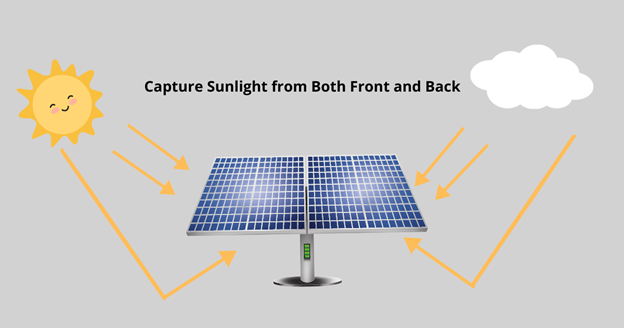
They are utilized in utility-scale solar farms, business installations, and residential settings, especially when the ground is very reflective. While their efficiency is determined by installation design, site circumstances, and panel cost, they have the potential to surpass typical mono-facial panels in some situations. Despite possibly higher upfront costs, bifacial panels’ greater energy output and environmental advantages add to their desirability in the solar energy market.
4. Thin-Film Solar Panels
Tiny-film solar panels, which are made up of tiny layers of photovoltaic material, provide a unique alternative to regular crystalline silicon panels. These panels, which use materials such as amorphous silicon, cadmium telluride, or copper indium gallium selenide, have lower efficiency but are flexible and lightweight, making them appropriate for a variety of applications such as building-integrated photovoltaics (BIPV) and curved surfaces.
Despite their decreased efficiency, they perform well in low-light circumstances and are less expensive due to a simplified production method and reduced material utilization. While certain materials may raise environmental problems, continuing research is aimed at addressing these difficulties and improving the durability of thin-film solar panels.
5. Amorphous Silicon Solar Cells
Amorphous silicon solar cells are a thin-film solar technology with a disordered, non-crystalline structure that performs less efficiently than crystalline silicon cells. However, they provide flexibility since they may be placed on flexible substrates, resulting in lightweight solar panels.
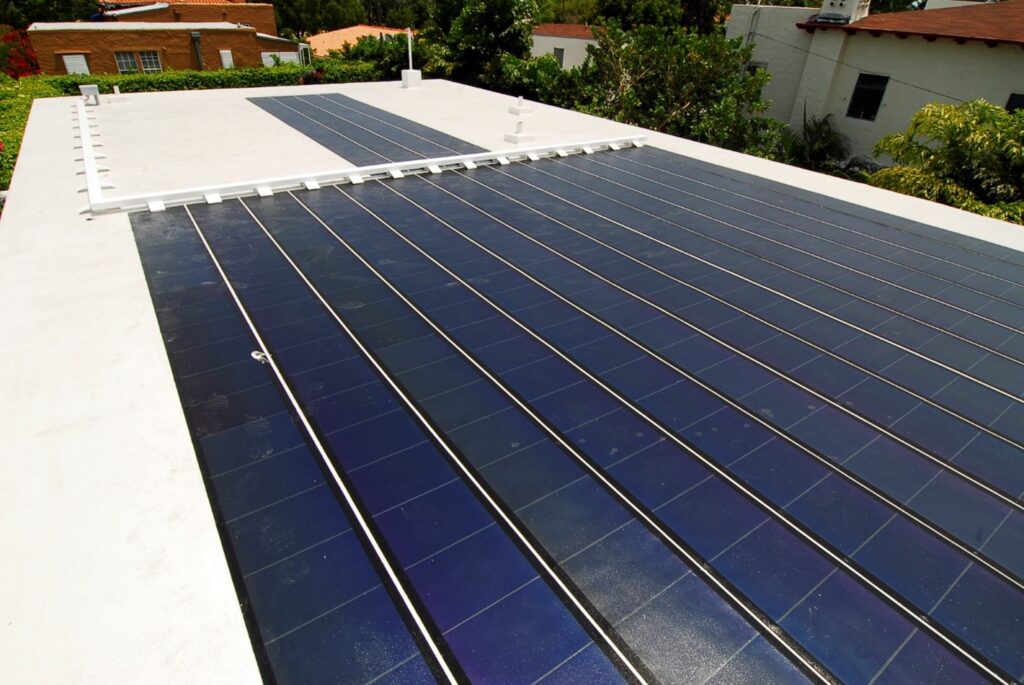
The manufacturing technique uses chemical vapor deposition or plasma-enhanced chemical vapor deposition, which is less energy-intensive than producing crystalline silicon cells. Amorphous silicon solar cells are utilized in consumer electronics, solar chargers, and building-integrated photovoltaic systems. Despite their shorter lifespan, continuing research intends to increase durability and minimize environmental effect as a result of the less energy-intensive production method and recycling possibilities.

